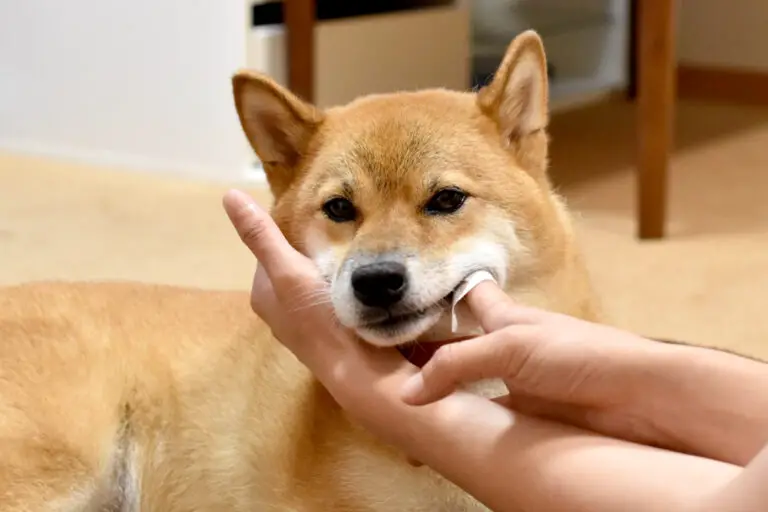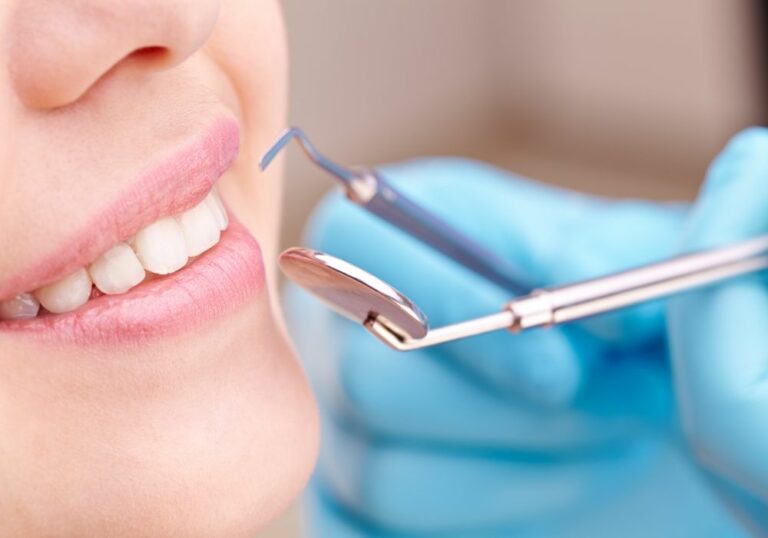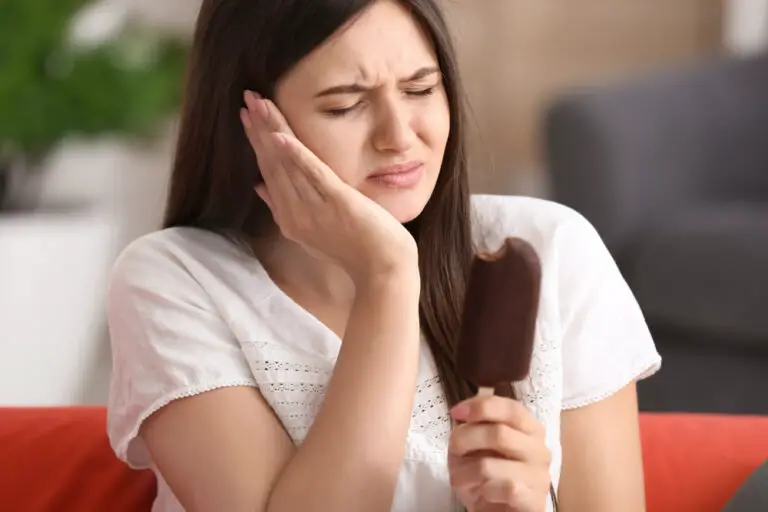When you bring a new puppy home, you may be wondering what to expect as they grow and develop. One thing that you may not have considered is when and how their baby teeth will fall out. Understanding this process can help you ensure that your puppy’s teeth are healthy and strong as they grow into adulthood.
So, what does a puppy tooth look like when it falls out? Generally, a puppy’s baby teeth will start to fall out around 12 to 16 weeks of age, and this process will continue until they are around six months old. You may notice that their teeth look smaller than adult teeth and have a slightly different shape, with a more pointed tip. As the adult teeth come in, they will push the baby teeth out, and you may find them on the floor or in your puppy’s bedding.
It’s important to keep an eye on your puppy’s teeth during this process to ensure that everything is going smoothly. If you notice any signs of discomfort, such as excessive drooling or chewing on objects to relieve pain, it may be a sign that their teeth are causing them discomfort. By understanding what to expect when your puppy’s teeth start to fall out, you can help them stay healthy and comfortable during this important stage of development.
Puppy Teeth Basics
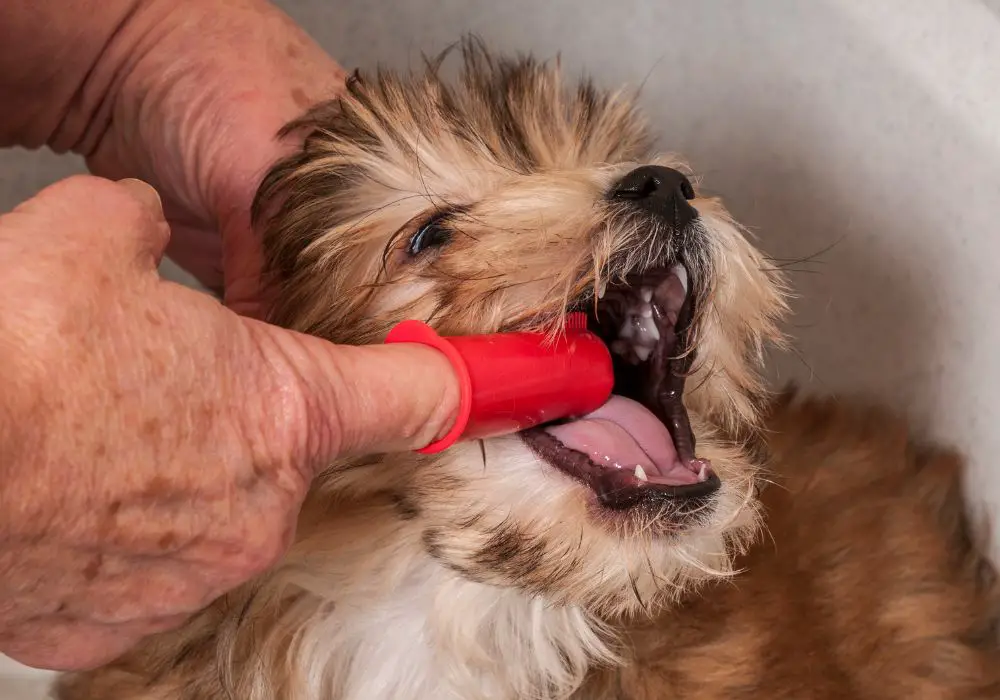
If you’re a new puppy owner, you might be wondering what to expect when it comes to your pup’s teeth. Here are some basics to keep in mind:
- Puppies are born without teeth. Their baby teeth, also known as deciduous teeth, start to emerge at around 3-6 weeks of age.
- By the time your puppy is 8 weeks old, they should have a complete set of 28 baby teeth.
- As your puppy grows, their baby teeth will start to fall out to make way for their adult teeth. This usually starts to happen at around 4 months of age.
- Adult dogs have 42 teeth, while puppies only have 28. This is because adult dogs have more molars and premolars than puppies do.
It’s important to take care of your puppy’s teeth from a young age. This means:
- Brushing their teeth regularly with a soft-bristled toothbrush and dog-friendly toothpaste.
- Providing them with appropriate chew toys to help clean their teeth and exercise their jaws.
- Feeding them a high-quality diet that supports their dental health.
By taking care of your puppy’s teeth, you can help ensure that they have a healthy, happy smile for years to come.
What a Puppy Tooth Looks Like
When your puppy starts losing their baby teeth, it’s important to know what to expect. Here is what a puppy tooth looks like when it falls out:
- Size: Puppy teeth are much smaller than adult teeth, making them easy to miss. They are usually around 1/8 to 1/4 inch in length.
- Shape: Puppy teeth have a pointed shape, similar to a cone. They are also thinner and more delicate than adult teeth.
- Color: Puppy teeth are usually white or slightly yellow in color. If you notice any discoloration, it could be a sign of dental problems.
It’s important to keep an eye out for your puppy’s teeth as they start to fall out. You may notice them on the ground or in your puppy’s mouth. If your puppy is having trouble eating or seems to be in pain, it’s important to consult with your veterinarian.
Remember to be patient with your puppy during this time. Losing teeth can be uncomfortable, and your puppy may experience some discomfort. Provide them with soft, easy-to-chew food and plenty of water to keep them comfortable.
Overall, understanding what a puppy tooth looks like when it falls out can help you monitor your puppy’s dental health and ensure they are comfortable during this process.
The Process of a Puppy Tooth Falling Out
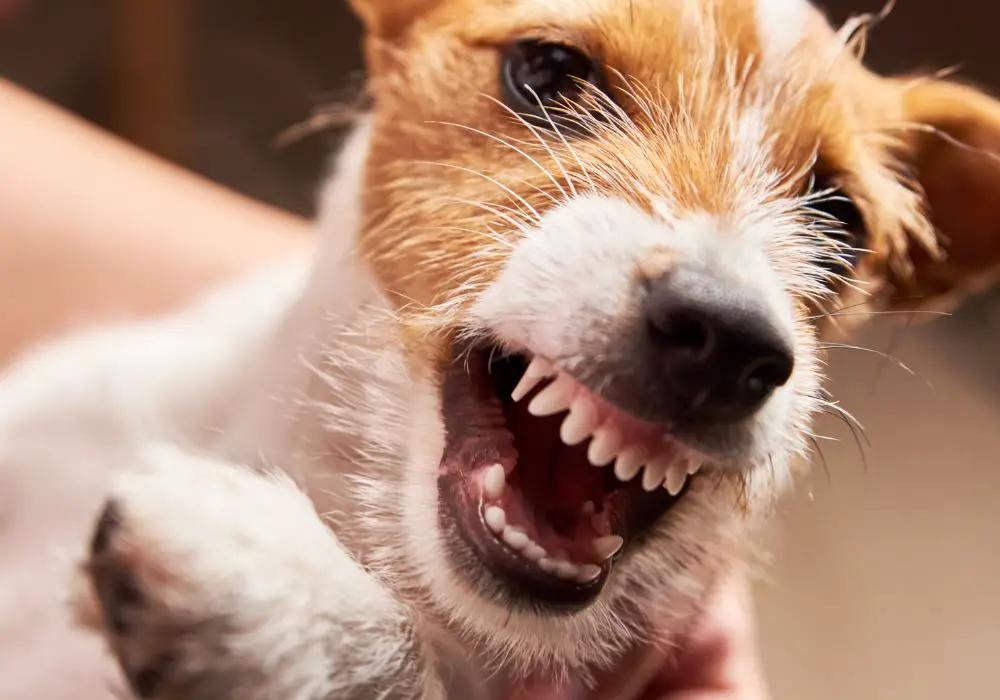
Watching your puppy grow and develop can be a fascinating experience. One of the milestones that you will notice is when their baby teeth start to fall out. This process is entirely normal and usually occurs between the ages of four and six months.
During this time, your puppy’s permanent teeth are starting to grow in, and the roots of their baby teeth begin to dissolve. As a result, the baby teeth become loose and eventually fall out.
You may notice that your puppy is chewing more than usual during this time. This is because the pressure from chewing helps to loosen the baby teeth and make them fall out more quickly. Providing your puppy with appropriate chew toys can help satisfy their urge to chew and make the process more comfortable for them.
When a puppy tooth falls out, it is usually replaced by a permanent tooth. The permanent tooth will continue to grow until it is fully developed, and the root is firmly anchored in the jawbone.
It is important to note that not all puppies lose their baby teeth at the same rate. Some may lose their teeth earlier or later than others. As long as your puppy’s teeth are healthy and developing correctly, there is no need to worry.
If you have any concerns about your puppy’s teeth or the process of their baby teeth falling out, consult with your veterinarian. They can provide you with guidance on how to care for your puppy’s teeth and ensure that they are developing correctly.
Signs of a Puppy Tooth Falling Out
If you are a new puppy owner, you may be wondering what to expect when your puppy starts losing its baby teeth. Puppies usually begin to lose their baby teeth around the age of 3 to 4 months, and this process can last until the puppy is around 6 months old. Here are some signs to look out for when your puppy’s teeth start to fall out:
- Excessive Drooling: Your puppy may drool more than usual when their teeth are loose or falling out. This is because the tooth is irritating their gums, causing them to produce more saliva.
- Chewing: Puppies love to chew, but if you notice your puppy is chewing more than usual, it could be a sign that their teeth are bothering them. Chewing can help relieve the discomfort of a loose tooth.
- Bleeding Gums: When a puppy’s tooth is loose, it can cause their gums to bleed. This is normal and nothing to worry about, but you should keep an eye on it to make sure the bleeding stops within a few minutes.
- Missing Teeth: As your puppy’s baby teeth fall out, you may notice that they have one or more missing teeth. This is normal and nothing to worry about, as long as the adult teeth are growing in properly.
- Change in Appetite: If your puppy’s teeth are bothering them, they may not want to eat as much as usual. This is especially true if their molars are coming in, as these teeth can be more painful to lose.
In conclusion, if you notice any of these signs, don’t worry – it’s all part of the normal process of a puppy losing its baby teeth. However, if you have any concerns, it’s always a good idea to consult with your veterinarian.
What to Do When a Puppy Tooth Falls Out
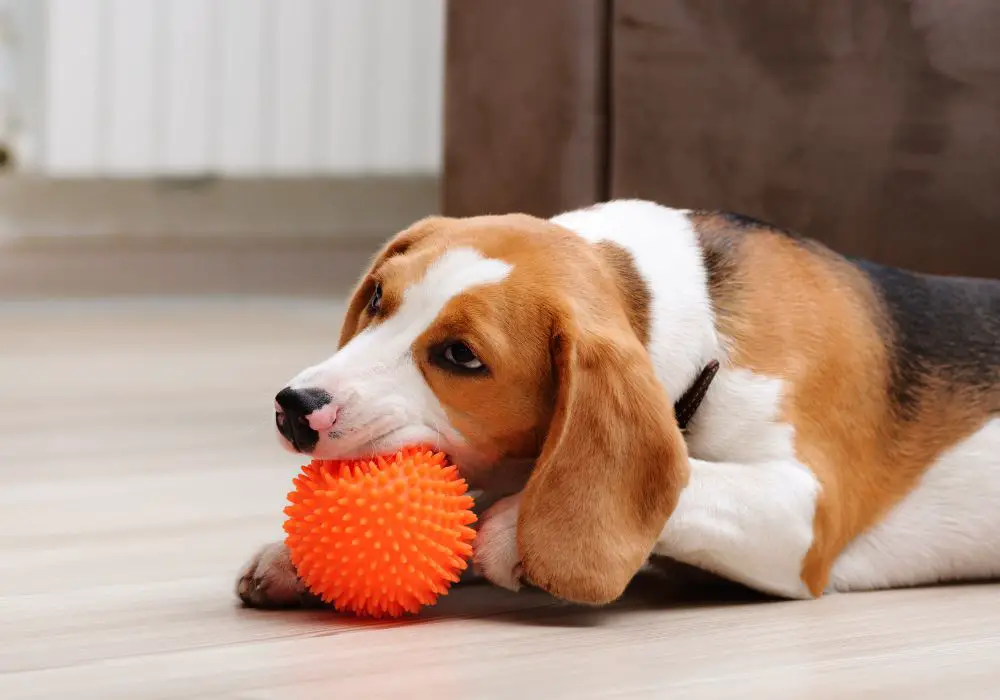
Losing teeth is a normal part of growing up for puppies, just like it is for humans. When your puppy starts losing their baby teeth, it can be an exciting and sometimes confusing time. Here are some tips on what to do when your puppy’s tooth falls out:
1. Don’t Panic
It’s important to remember that losing teeth is a natural process for puppies. It’s nothing to be worried about and it won’t cause any harm to your puppy. In fact, it’s a sign that your puppy is growing up and getting ready for their adult teeth.
2. Check for Bleeding
When a puppy’s tooth falls out, there may be a small amount of bleeding. This is normal and nothing to worry about. If you notice any excessive bleeding, however, you should contact your veterinarian.
3. Provide Soft Food
After losing a tooth, your puppy’s mouth may be sore for a few days. To make eating more comfortable, you can provide your puppy with soft food such as wet dog food or boiled chicken.
4. Offer Chew Toys
Chewing on toys can help relieve the discomfort your puppy may be feeling after losing a tooth. Make sure to provide your puppy with appropriate chew toys that are safe for them to use.
5. Don’t Pull Teeth Out
If your puppy’s tooth is loose but hasn’t fallen out yet, don’t try to pull it out. Let it fall out naturally. Pulling teeth out can cause pain and damage to your puppy’s mouth.
In summary, losing baby teeth is a normal part of growing up for puppies. If your puppy loses a tooth, don’t panic. Check for bleeding, provide soft food, offer chew toys, and let loose teeth fall out naturally. If you have any concerns, contact your veterinarian.
Preventing Dental Issues in Puppies

Taking care of your puppy’s dental health is essential for their overall well-being. Here are a few tips to help prevent dental issues in your puppy:
1. Brush your puppy’s teeth regularly
Brushing your puppy’s teeth regularly is the best way to prevent dental issues. Start by using a soft-bristled toothbrush and toothpaste specially formulated for dogs. Gently brush your puppy’s teeth in a circular motion, focusing on the gum line. Be sure to praise your puppy and reward them with a treat after each brushing session.
2. Provide chew toys and bones
Giving your puppy chew toys and bones can help keep their teeth clean and healthy. Choose toys that are specifically designed for dental care, such as those that help remove plaque and tartar. Avoid toys that are too hard or small, as they can damage your puppy’s teeth or pose a choking hazard.
3. Feed your puppy a healthy diet
A healthy diet is essential for your puppy’s overall health, including their dental health. Feed your puppy a high-quality, balanced diet that is rich in nutrients. Avoid giving your puppy sugary or starchy treats, as they can contribute to dental issues.
4. Schedule regular dental check-ups
Regular dental check-ups are important for your puppy’s dental health. Your veterinarian can examine your puppy’s teeth and gums and identify any potential dental issues. They may also recommend professional cleaning or other dental treatments if necessary.
By following these tips, you can help keep your puppy’s teeth healthy and prevent dental issues. Remember to always consult with your veterinarian if you have any concerns about your puppy’s dental health.
Frequently Asked Questions
What is the typical age range for a puppy to start losing teeth?
Puppies usually start losing their baby teeth around 3 to 4 months old. This process continues until they are about 6 months old, and by then, all of their 28 baby teeth should have fallen out, making way for their 42 adult teeth.
How many teeth do puppies have and how many fall out?
Puppies have 28 baby teeth, which consist of 12 incisors, 4 canines, and 12 premolars. All of these teeth will fall out, making way for their 42 adult teeth, which consist of 12 incisors, 4 canines, 16 premolars, and 10 molars.
What is the difference between puppy teeth and adult teeth?
One of the main differences between puppy teeth and adult teeth is their size. Puppy teeth are smaller and sharper than adult teeth. Another difference is that puppy teeth are temporary and will eventually fall out, while adult teeth are permanent.
What should I do if my puppy’s tooth falls out with the root?
If your puppy’s tooth falls out with the root, don’t panic. This is normal and happens when the adult tooth is pushing the baby tooth out. However, if your puppy’s tooth falls out due to trauma or injury, it’s best to take them to the vet to ensure there are no underlying issues.
Can puppy teeth break off and is it normal?
Yes, puppy teeth can break off, especially if your puppy loves to chew on hard objects. This is normal and not a cause for concern, as long as the broken tooth is a baby tooth and not an adult tooth. However, if your puppy breaks an adult tooth, it’s important to take them to the vet as soon as possible.
Are puppy teeth hollow when they fall out?
No, puppy teeth are not hollow when they fall out. They have a root that holds them in place, and the root will eventually dissolve, causing the tooth to fall out naturally.

